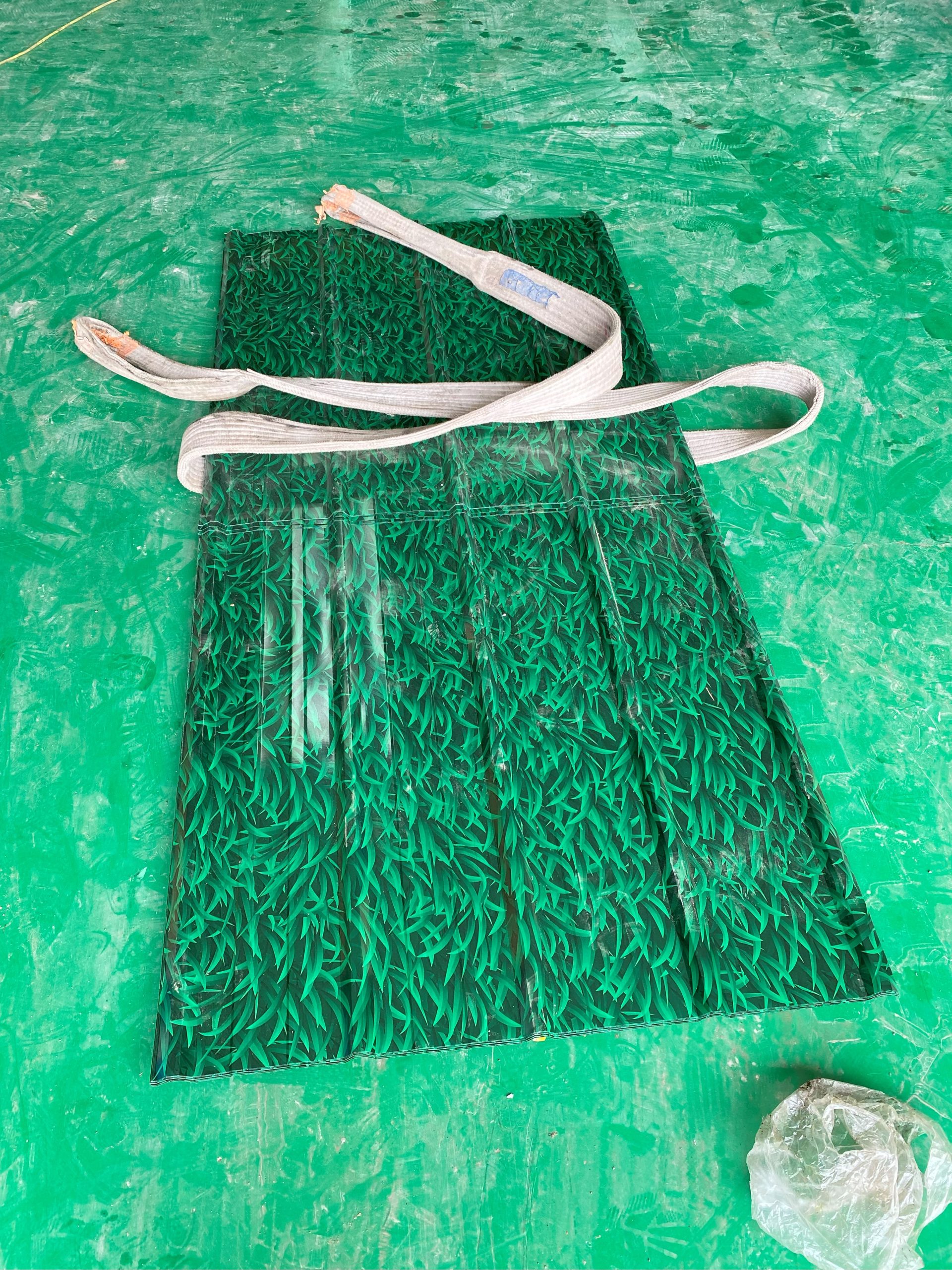Table of Contents
Exploring the Impact of Design and Color Selection on Audio Felt: A Comprehensive Survey and Case Study
The design and color selection of audio felt, a material commonly used in soundproofing and acoustics, can significantly impact its decorative effects and acoustic properties. This article presents a comprehensive survey and case study that explores this intriguing intersection of aesthetics and functionality.
Audio felt is a versatile material that is often used in spaces where sound control is crucial, such as recording studios, theaters, and offices. Its primary function is to absorb sound waves, reducing echo and background noise. However, beyond its acoustic properties, audio felt also offers a unique opportunity for interior design. With a wide range of colors and designs available, it can be tailored to complement the aesthetic of any space.
The design of audio felt can influence its acoustic performance. For instance, thicker and denser designs tend to absorb more sound, making them ideal for spaces that require high Levels of soundproofing. On the other hand, thinner and less dense designs may be more suitable for spaces that require a balance between sound absorption and sound transmission. The design can also affect the diffusion of sound. For example, designs with irregular surfaces can scatter sound waves in different directions, reducing the concentration of sound in specific areas.
Color selection is another critical aspect of audio felt. While it may seem purely aesthetic, color can also have psychological effects that can influence the perception of sound. For instance, warm colors like red and orange are often associated with loud and energetic sounds, while cool colors like blue and green are associated with quiet and calm sounds. Therefore, the color of audio felt can subtly influence the mood and atmosphere of a space, enhancing the overall acoustic experience.
To illustrate the impact of design and color selection on audio felt, a case study was conducted in a recording studio. The studio was initially fitted with thick, dense, black audio felt. While it provided excellent soundproofing, the studio felt dark and oppressive. To improve the ambiance, the studio was refitted with thinner, less dense, blue audio felt. The new audio felt not only maintained a satisfactory level of soundproofing but also created a brighter and more relaxed atmosphere. The studio’s clients reported feeling more comfortable and less stressed, which positively affected their performances.
The case study highlights the importance of considering both the acoustic and decorative effects when selecting audio felt. While the primary function of audio felt is to control sound, its design and color can significantly influence the mood and atmosphere of a space. Therefore, it is crucial to strike a balance between functionality and aesthetics.

In conclusion, the design and color selection of audio felt can have a profound impact on its decorative effects and acoustics. By understanding the relationship between these factors, it is possible to create spaces that not only sound good but also look good. This comprehensive survey and case study serve as a valuable resource for architects, interior designers, and acousticians, providing them with insights into the multifaceted nature of audio felt.
